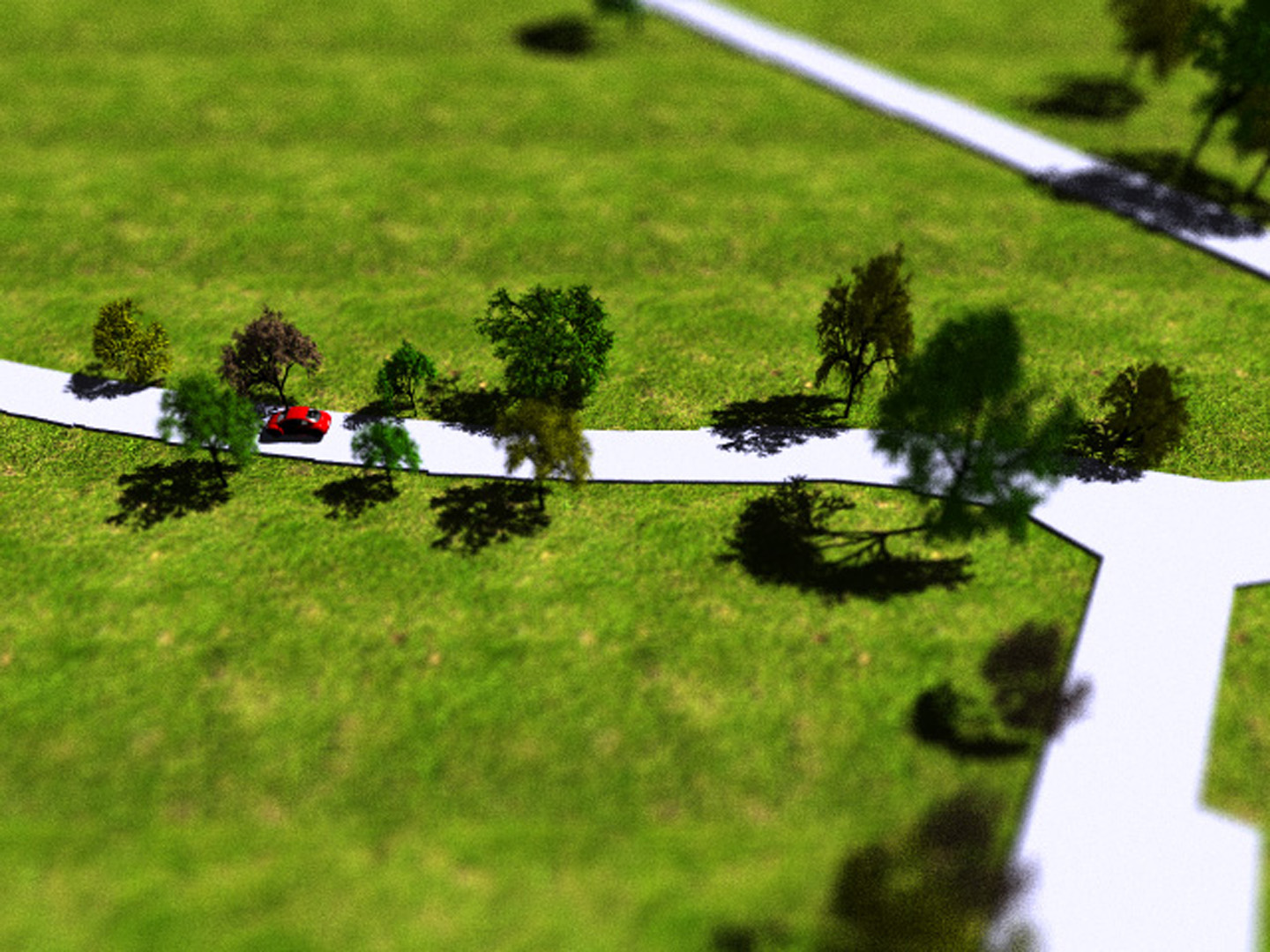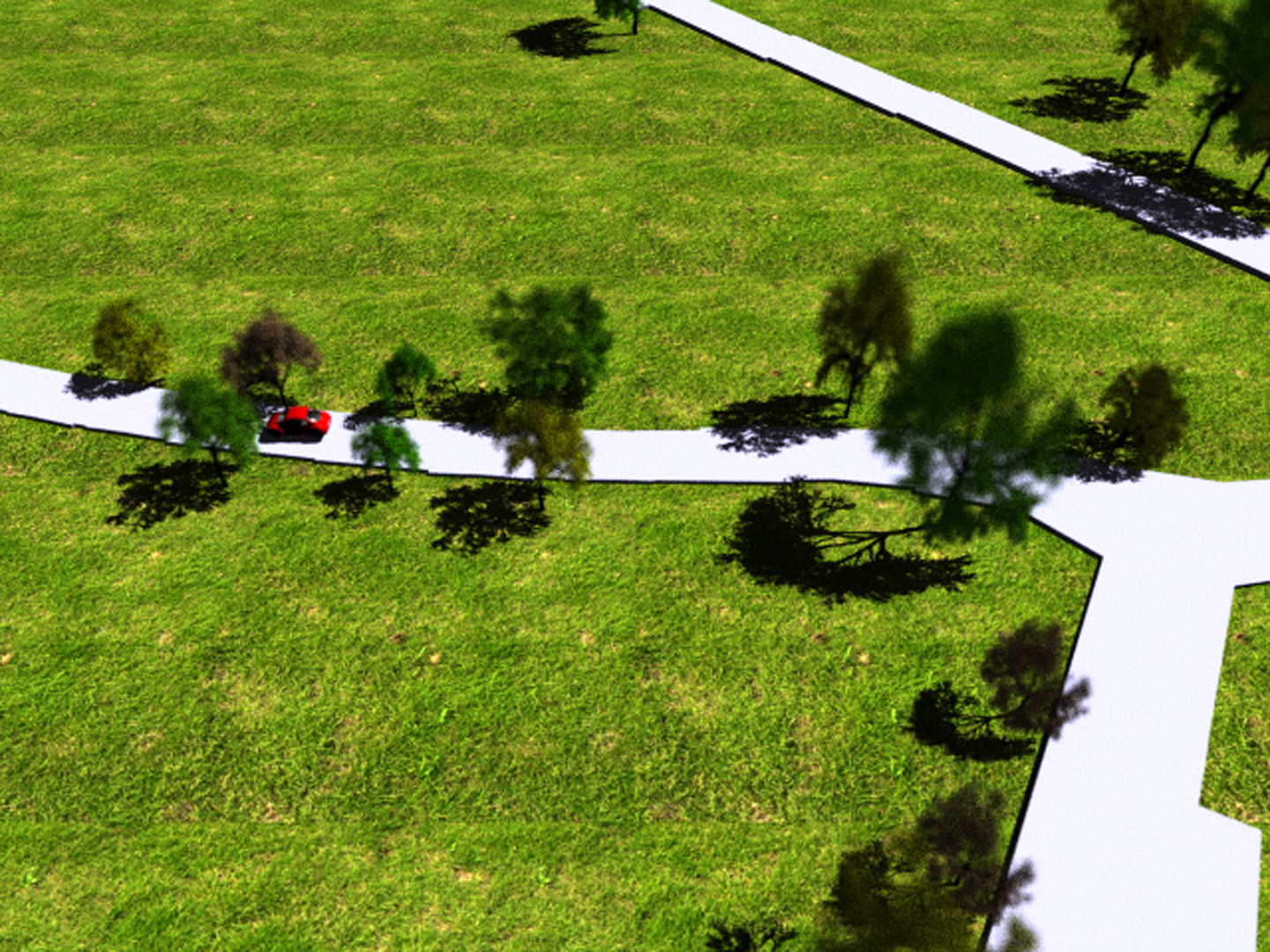“Simulating Depth of Field Effects Taken by a Camera with a Tilt-Shift Lens” by Nakane, Baba, Hiura and Asada
Conference:
Type(s):
Entry Number: 93
Title:
- Simulating Depth of Field Effects Taken by a Camera with a Tilt-Shift Lens
Presenter(s)/Author(s):
Abstract:
In order to make realistic CG images, it is important to use a camera model which is based on actual lens systems. Objects in focus appear sharp in a real image, but other objects not in focus appear blurred. This kind of effect is called the depth of field (DOF) effect. DOF is the distance between the nearest and farthest objects in a scene that appear acceptably sharp in an image. Potmesil [Potmesil and Chakravarty 1981] proposed a method to simulate such blur effects. In the proposed method, an image was created using a pinhole camera model and a blur was added in the post-process. Cook [Cook et al. 1984] proposed distributed ray tracing which traces several rays for one pixel and simulated DOF effects caused by a real lens. Among various lens effects, the effect of a tilt-shift lens has not been simulated. The purpose of our study is simulating DOF effects by a tilt-shift lens.
References:
1. COOK, R. L., PORTER, T., AND CARPENTER, L. 1984. Distributed ray tracing. SIGGRAPH Comput. Graph. 18, 3 (July), 137–145.
2. POTMESIL, M., AND CHAKRAVARTY, I. 1981. A lens and aperture camera model for synthetic image generation. SIGGRAPH Comput. Graph. 15, 3 (Aug.), 297–305.
Additional Images:







